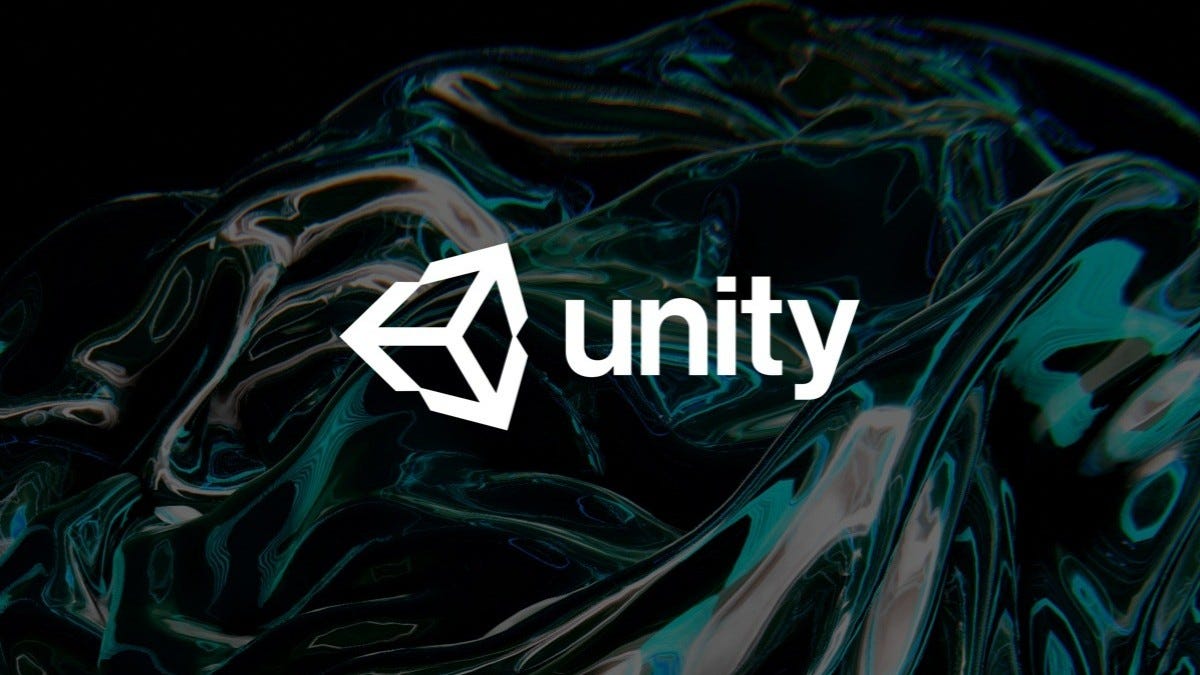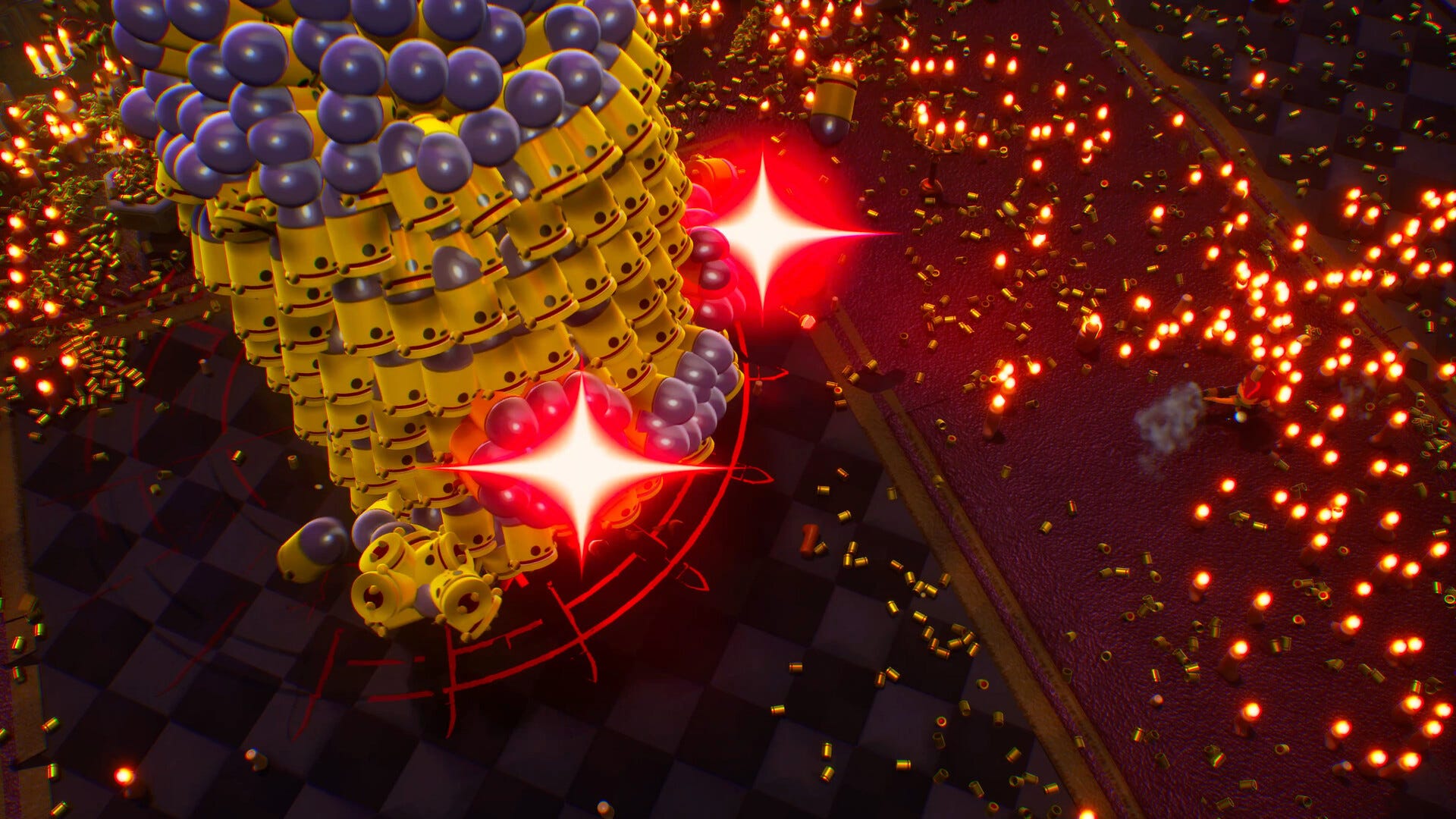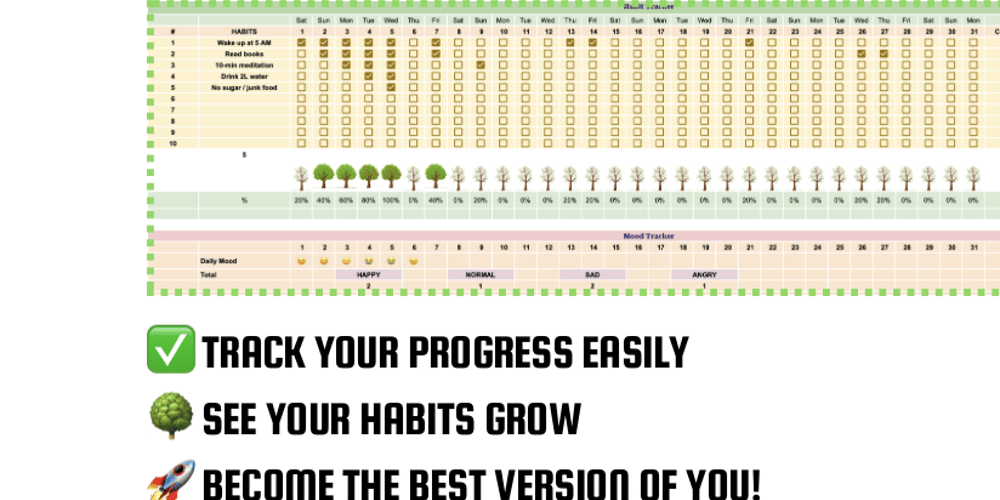Postgres
This post is maintained by Bytebase, an open-source database DevSecOps tool that can manage both Postgres and SQL Server. We update the post every year. Update History Comment 2025/03/26 Initial version. Why Comparing PostgreSQL and SQL Server When comparing PostgreSQL and SQL Server, we're examining two enterprise-class database systems with different business models but similar capabilities. SQL Server represents the commercial approach with licensing costs and Microsoft ecosystem integration, while PostgreSQL offers comparable enterprise features (high availability, security, advanced SQL capabilities) as an open-source solution without licensing fees. This similarity in target applications, combined with PostgreSQL's feature parity and growing enterprise support ecosystem, makes it the natural first choice when organizations consider migrating away from SQL Server—offering a path to reduce licensing costs while maintaining enterprise-grade database capabilities. This comparison reflects the current state of both systems as of 2025, including the latest versions: PostgreSQL 17.4 (with PostgreSQL 18 on the horizon) and SQL Server 2025 (currently in preview): Feature Comparison Technical Specifications Development Workflow Pricing and Licensing Future Outlook Conclusion Feature Comparison Core Database Features Feature PostgreSQL 17.4 SQL Server 2025 Data Types Extensive built-in types including arrays, JSON, XML, geometric, network address types Comprehensive set including JSON, XML, spatial, and hierarchical data Indexing B-tree, Hash, GiST, SP-GiST, GIN, BRIN, covering indexes B-tree, Columnstore, XML, Spatial, Hash, Memory-optimized, Filtered Transactions ACID-compliant with MVCC ACID-compliant with various isolation levels Stored Procedures PL/pgSQL, PL/Python, PL/Perl, PL/Tcl, SQL T-SQL Views Regular, Materialized Regular, Indexed, Materialized Triggers Row-level, statement-level DML, DDL, Logon, CLR Partitioning Table partitioning, partition-wise joins Table and index partitioning, partition switching Constraints Primary key, Foreign key, Unique, Check, Exclusion Primary key, Foreign key, Unique, Check, Default Advanced Features Feature PostgreSQL 17.4 SQL Server 2025 High Availability Streaming replication, Logical replication, Synchronous/asynchronous replication Always On Availability Groups, Failover Cluster Instances, Database mirroring Scalability Read scaling via replicas, Connection pooling, Table partitioning Read scaling via Always On, Resource Governor, Elastic pools in Azure Security Role-based access control, Row-level security, Column-level encryption, SSL support Microsoft Entra ID integration, Always Encrypted, Dynamic data masking, Row-level security Cloud Integration Compatible with all major cloud providers Deep Azure integration, Azure Arc-enabled deployment AI/ML Capabilities Vector data type, pgvector extension for vector similarity search Built-in vector database, AI-powered query optimization, Intelligent Query Processing Extensibility Foreign Data Wrappers, Custom extensions, Pluggable storage Common Language Runtime integration, R and Python integration, Extensibility framework PostgreSQL-Specific Features Extensibility: PostgreSQL's architecture allows for custom data types, operators, and functions through its extension system. Foreign Data Wrappers: Allows PostgreSQL to connect to other data sources and treat them as local tables. Multi-Version Concurrency Control (MVCC): Provides efficient concurrent access without read locks. Point-in-Time Recovery: Allows restoration to any point in time using write-ahead logs. Full-Text Search: Built-in capabilities for text search with language support. Geospatial Support: PostGIS extension provides robust geospatial capabilities. JSON/JSONB Support: Native JSON types with indexing and querying capabilities. Table Inheritance: Supports table inheritance for object-relational designs. SQL Server-Specific Features In-Memory OLTP: Memory-optimized tables and natively compiled stored procedures. Columnstore Indexes: Highly compressed storage format optimized for analytical queries. Intelligent Query Processing: Adaptive joins, memory grant feedback, and approximate count distinct. Temporal Tables: Built-in support for tracking historical data changes. PolyBase: Technology for querying external data sources. Stretch Database: Dynamically extends warm and cold data to Azure. Graph Database Capabilities: Node and edge table types for graph data modeling. Microsoft Fabric Integration: Seamless integration with Microsoft's analytics platform. Technical Specifications Architecture PostgreSQL Architecture: Process-based architecture where each client connection spawns a new server process Shared memory used for caching and inter-process communication Write-Ahead Loggin
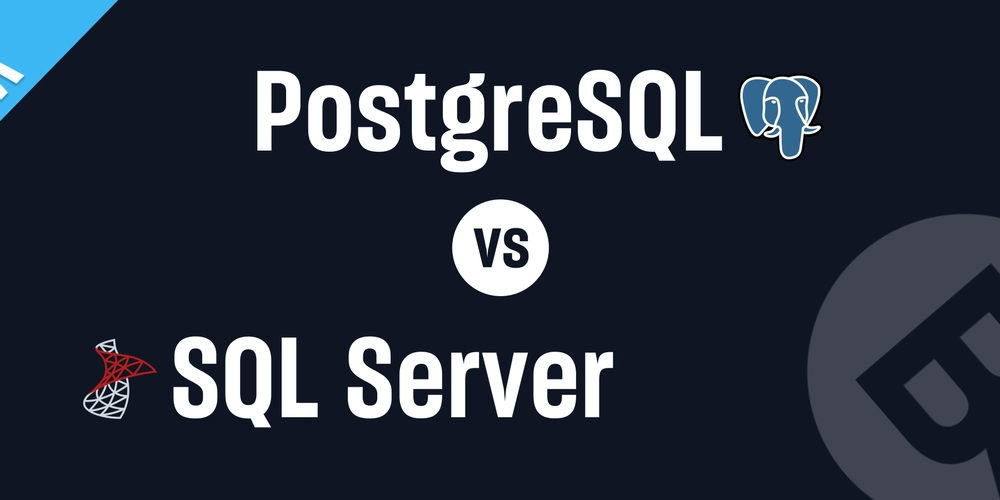
This post is maintained by Bytebase, an open-source database DevSecOps tool that can manage both Postgres and SQL Server. We update the post every year.
| Update History | Comment |
|---|---|
| 2025/03/26 | Initial version. |
Why Comparing PostgreSQL and SQL Server
When comparing PostgreSQL and SQL Server, we're examining two enterprise-class database systems with different business models but similar capabilities. SQL Server represents the commercial approach with licensing costs and Microsoft ecosystem integration, while PostgreSQL offers comparable enterprise features (high availability, security, advanced SQL capabilities) as an open-source solution without licensing fees.
This similarity in target applications, combined with PostgreSQL's feature parity and growing enterprise support ecosystem, makes it the natural first choice when organizations consider migrating away from SQL Server—offering a path to reduce licensing costs while maintaining enterprise-grade database capabilities.
This comparison reflects the current state of both systems as of 2025, including the latest versions: PostgreSQL 17.4 (with PostgreSQL 18 on the horizon) and SQL Server 2025 (currently in preview):
- Feature Comparison
- Technical Specifications
- Development Workflow
- Pricing and Licensing
- Future Outlook
- Conclusion
Feature Comparison
Core Database Features
| Feature | PostgreSQL 17.4 | SQL Server 2025 |
|---|---|---|
| Data Types | Extensive built-in types including arrays, JSON, XML, geometric, network address types | Comprehensive set including JSON, XML, spatial, and hierarchical data |
| Indexing | B-tree, Hash, GiST, SP-GiST, GIN, BRIN, covering indexes | B-tree, Columnstore, XML, Spatial, Hash, Memory-optimized, Filtered |
| Transactions | ACID-compliant with MVCC | ACID-compliant with various isolation levels |
| Stored Procedures | PL/pgSQL, PL/Python, PL/Perl, PL/Tcl, SQL | T-SQL |
| Views | Regular, Materialized | Regular, Indexed, Materialized |
| Triggers | Row-level, statement-level | DML, DDL, Logon, CLR |
| Partitioning | Table partitioning, partition-wise joins | Table and index partitioning, partition switching |
| Constraints | Primary key, Foreign key, Unique, Check, Exclusion | Primary key, Foreign key, Unique, Check, Default |
Advanced Features
| Feature | PostgreSQL 17.4 | SQL Server 2025 |
|---|---|---|
| High Availability | Streaming replication, Logical replication, Synchronous/asynchronous replication | Always On Availability Groups, Failover Cluster Instances, Database mirroring |
| Scalability | Read scaling via replicas, Connection pooling, Table partitioning | Read scaling via Always On, Resource Governor, Elastic pools in Azure |
| Security | Role-based access control, Row-level security, Column-level encryption, SSL support | Microsoft Entra ID integration, Always Encrypted, Dynamic data masking, Row-level security |
| Cloud Integration | Compatible with all major cloud providers | Deep Azure integration, Azure Arc-enabled deployment |
| AI/ML Capabilities | Vector data type, pgvector extension for vector similarity search | Built-in vector database, AI-powered query optimization, Intelligent Query Processing |
| Extensibility | Foreign Data Wrappers, Custom extensions, Pluggable storage | Common Language Runtime integration, R and Python integration, Extensibility framework |
PostgreSQL-Specific Features
- Extensibility: PostgreSQL's architecture allows for custom data types, operators, and functions through its extension system.
- Foreign Data Wrappers: Allows PostgreSQL to connect to other data sources and treat them as local tables.
- Multi-Version Concurrency Control (MVCC): Provides efficient concurrent access without read locks.
- Point-in-Time Recovery: Allows restoration to any point in time using write-ahead logs.
- Full-Text Search: Built-in capabilities for text search with language support.
- Geospatial Support: PostGIS extension provides robust geospatial capabilities.
- JSON/JSONB Support: Native JSON types with indexing and querying capabilities.
- Table Inheritance: Supports table inheritance for object-relational designs.
SQL Server-Specific Features
- In-Memory OLTP: Memory-optimized tables and natively compiled stored procedures.
- Columnstore Indexes: Highly compressed storage format optimized for analytical queries.
- Intelligent Query Processing: Adaptive joins, memory grant feedback, and approximate count distinct.
- Temporal Tables: Built-in support for tracking historical data changes.
- PolyBase: Technology for querying external data sources.
- Stretch Database: Dynamically extends warm and cold data to Azure.
- Graph Database Capabilities: Node and edge table types for graph data modeling.
- Microsoft Fabric Integration: Seamless integration with Microsoft's analytics platform.
Technical Specifications
Architecture
PostgreSQL Architecture:
- Process-based architecture where each client connection spawns a new server process
- Shared memory used for caching and inter-process communication
- Write-Ahead Logging (WAL) for durability and crash recovery
- Multi-Version Concurrency Control (MVCC) for transaction isolation
- Extensible design with hooks for custom functionality
- Catalog-driven operations and metadata management
SQL Server Architecture:
- Thread-based architecture with a thread pool for handling client connections
- SQLOS layer providing thread scheduling, memory management, and I/O services
- Buffer pool for caching data pages in memory
- Transaction log for durability and recovery
- Lock manager for concurrency control
- Query processor with cost-based optimizer
- Storage engine with support for multiple storage formats
Index Capabilities
Basic Index Types
| PostgreSQL | SQL Server | Notes |
|---|---|---|
| B-tree (default) | Nonclustered Index (default) | Standard balanced tree index for equality and range queries |
| N/A | Clustered Index | Determines physical order of data in table; PostgreSQL has no direct equivalent |
| Hash | Hash Index (memory-optimized tables only) | Optimized for equality comparisons |
| GiST (Generalized Search Tree) | Spatial Index | For complex data types like geometric or full-text search |
| GIN (Generalized Inverted Index) | Full-Text Index | For composite values like arrays and jsonb |
| SP-GiST (Space-Partitioned GiST) | N/A | For non-balanced data structures |
| BRIN (Block Range Index) | Columnstore Index (partial similarity) | For large tables with natural ordering |
| N/A | Columnstore Index | Column-oriented storage for analytics |
| N/A | XML Index | For XML data |
Index Features and Options
| PostgreSQL Feature | SQL Server Feature | Notes |
|---|---|---|
| Partial Index | Filtered Index | Index only a subset of rows based on a condition |
| Expression Index | Computed Column Index | Index result of expressions |
| Covering Index (INCLUDE) | Index with INCLUDE | Include non-key columns in leaf level |
| Unique Index | Unique Index | Enforce uniqueness constraint |
| Multi-column Index | Composite Index | Index on multiple columns |
| Index-Only Scan | Index Covering | Query satisfied entirely from index |
| Parallel Index Scan | Parallel Index Operations | Utilize multiple cores for index operations |
| Concurrent Index Creation | Online Index Operations | Create/rebuild indexes with minimal blocking |
| NULLS NOT DISTINCT | N/A | Allow multiple NULL values in unique index |
| Index Access Method | Index Type | Specify the index implementation |
| FILLFACTOR | FILLFACTOR | Control index page fill percentage |
| N/A | Included Columns | Non-key columns in leaf level |
| N/A | Indexed Views | Materialized view with index |
| N/A | Temporal Table Indexes | Indexes on system-versioned tables |
| N/A | Resumable Index Operations | Pause and resume index creation |
Special Index Types
| PostgreSQL | SQL Server | Notes |
|---|---|---|
| PostGIS Spatial Indexes (GiST) | Spatial Indexes | For geographic and geometric data |
| Full Text Search (GIN) | Full-Text Indexes | For text search capabilities |
| pg_trgm (GIN/GiST) | Full-Text Indexes | For trigram-based fuzzy search |
| JSONB Indexes (GIN) | JSON Indexes (2025) | For JSON document indexing |
| Exclusion Constraints | N/A | Enforce that no two rows return true for a specified operator |
| N/A | Selective XML Indexes | For specific paths within XML data |
| N/A | Memory-Optimized Indexes | For In-Memory OLTP tables |
| N/A | Columnstore Indexes | For analytical workloads |
| N/A | Graph Edge Constraints | For graph database relationships |
| Vector Indexes (ivfflat, hnsw) | Vector Indexes (2025) | For AI/ML vector similarity search |
Development Workflow
SQL Server offers a more integrated development experience through DACPAC and SQL Database Projects, providing standardized tools for enterprise environments with strong governance requirements.
PostgreSQL offers a flexible approach using community and third-party tools, allowing for customized workflows but requiring more manual integration.
Bytebase streamlines database development workflows for both SQL Server and PostgreSQL, with specialized advantages for PostgreSQL users. It introduces project-based collaboration and Git-like schema version control to PostgreSQL environments, enabling teams to manage database changes with automated migration scripts, change reviews, and granular access controls.
| Feature | PostgreSQL | SQL Server | Key Difference |
|---|---|---|---|
| Project-Based Development | Bytebase | SSDT, SQL Database Projects | SQL Server offers integrated project-based development with Visual Studio |
| Schema Definition | SQL scripts | SQL Database Projects, SSMS Diagrams | SQL Server provides declarative model for database definition |
| Schema Comparison | pgAdmin diff, third-party tools | SSDT Schema Compare, SSMS Schema Compare | SQL Server has more robust comparison tools |
| Version Control | SQL scripts | Native SSDT integration, DACPAC | SQL Server has better native source control integration |
| Build Artifacts | No standard format | DACPAC, BACPAC | DACPAC provides standardized build artifact in SQL Server |
| Deployment Packages | SQL scripts | DACPAC, SQLCMD | SQL Server offers more standardized deployment |
| Testing | pgTAP, custom scripts | SQL Server Unit Testing, tSQLt | SQL Server has integrated testing framework |
| CI/CD Integration | Custom scripts with standard tools | Native DACPAC/SSDT pipeline tasks | SQL Server has better standardized CI/CD integration |
Pricing and Licensing
PostgreSQL Licensing Model
PostgreSQL is released under the PostgreSQL License, a liberal open-source license similar to the BSD or MIT licenses.
SQL Server Licensing Models and Pricing
Based on the latest SQL Server 2022 pricing
1. Core-Based Licensing
| Edition | Price (USD) | Licensing Unit |
|---|---|---|
| Enterprise | $15,123 | 2-core pack |
| Standard (per core) | $3,945 | 2-core pack |
| Standard (server) | $989 | Server |
| Standard (CAL) | $230 | CAL |
| Developer | Free | Per user |
| Express | Free | Not applicable |
Key Considerations for Core-Based Licensing:
- Minimum requirement of 4 cores per physical processor
- All cores in the physical processor must be licensed
- Enterprise Edition includes unlimited virtualization rights
- Software Assurance required for License Mobility
2. Server + CAL Licensing
- Server license: $989 per server instance
- Client Access Licenses (CALs): $230 per user or device
3. Modern Cloud-Based Pricing
Azure Arc-Enabled Pay-As-You-Go:
| Edition | Monthly Rate (USD) | Hourly Rate (USD) |
|---|---|---|
| Standard per core | $73 | $0.100 |
| Enterprise per core | $274 | $0.375 |
Subscription-Based Pricing:
| Edition | Annual Price (USD) | Licensing Unit |
|---|---|---|
| SQL Server Enterprise | $5,434 | 2-core pack |
| SQL Server Standard | $1,418 | 2-core pack |
Future Outlook
PostgreSQL 18 (Expected September 2025):
- Query optimizer improvements including Hash Right Semi Join implementation
- 40% reduction in memory usage for joins with large datasets
- 15% faster execution times for EXISTS subqueries
- Enhanced logical replication capabilities
- Improved parallel query execution
- Better integration with cloud environments
SQL Server 2025 (Currently in Preview):
- Deep AI integration with built-in vector database capabilities
- Enhanced security features including Microsoft Entra managed identities
- Performance improvements including optimized locking
- Intelligent Query Processing enhancements
- Stronger cloud integration with Microsoft Fabric and Azure Arc
Conclusion
PostgreSQL and SQL Server represent two different philosophies in database management systems: the open-source, community-driven approach versus the commercial, integrated ecosystem approach. Both systems have evolved significantly and offer robust, enterprise-grade features in 2025.
PostgreSQL Advantages:
- Zero licensing costs with a permissive open-source license
- Extensive data type support and extensibility
- Growing popularity and community support
- Freedom from vendor lock-in
SQL Server Advantages:
- Deep integration with Microsoft's ecosystem
- Advanced business intelligence and analytics capabilities
- Comprehensive enterprise features out-of-the-box
As both systems continue to evolve, they are likely to address their respective weaknesses while building on their strengths. PostgreSQL is gaining more enterprise features and commercial support options, while SQL Server is becoming more open and flexible with Linux support and containerization.






















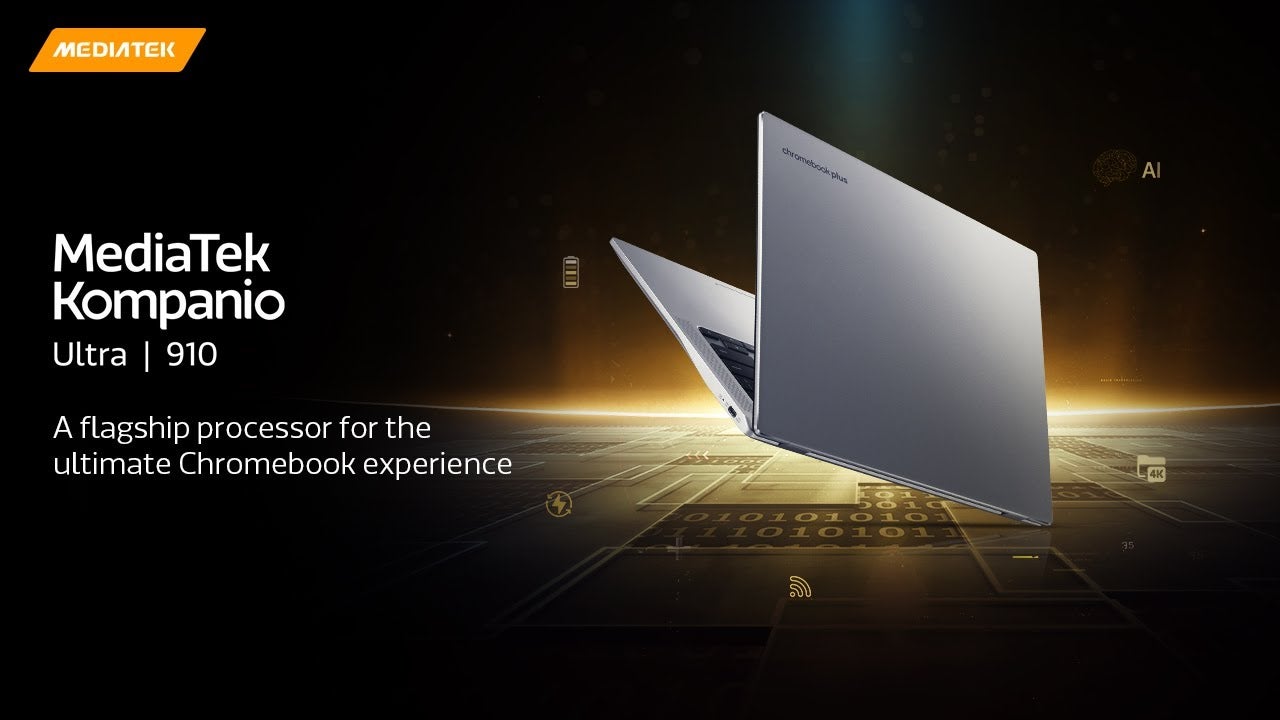





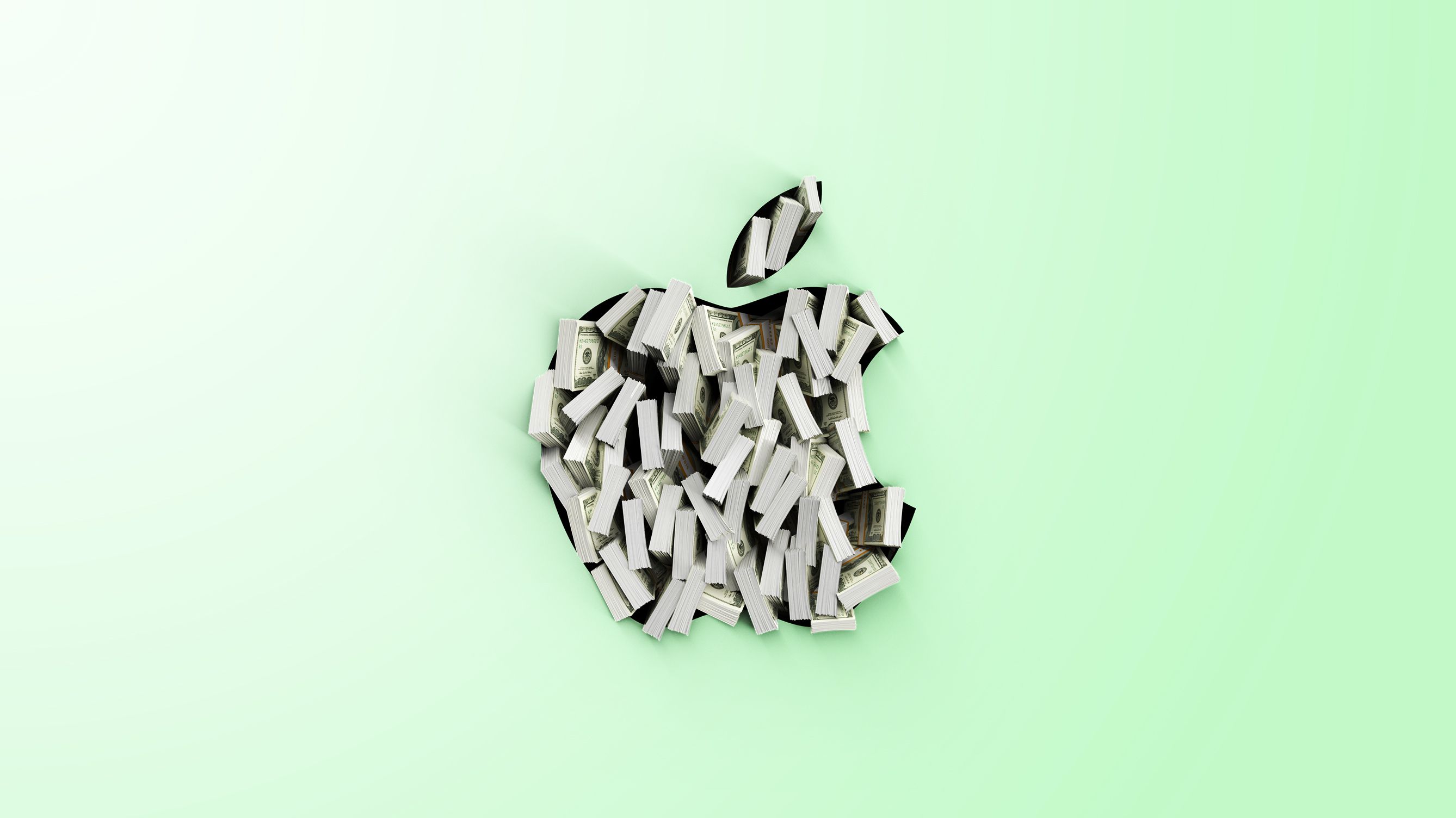




















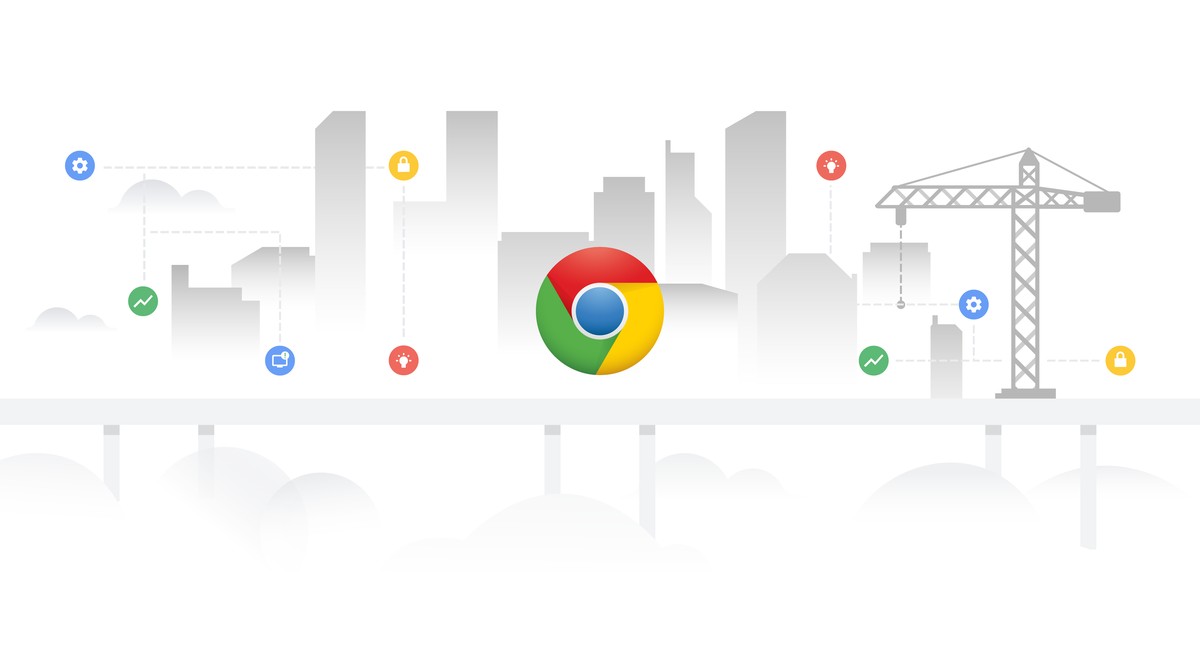


















![Apple Releases macOS Sequoia 15.5 Beta to Developers [Download]](https://www.iclarified.com/images/news/96915/96915/96915-640.jpg)
![Amazon Makes Last-Minute Bid for TikTok [Report]](https://www.iclarified.com/images/news/96917/96917/96917-640.jpg)
![Apple Releases iOS 18.5 Beta and iPadOS 18.5 Beta [Download]](https://www.iclarified.com/images/news/96907/96907/96907-640.jpg)






















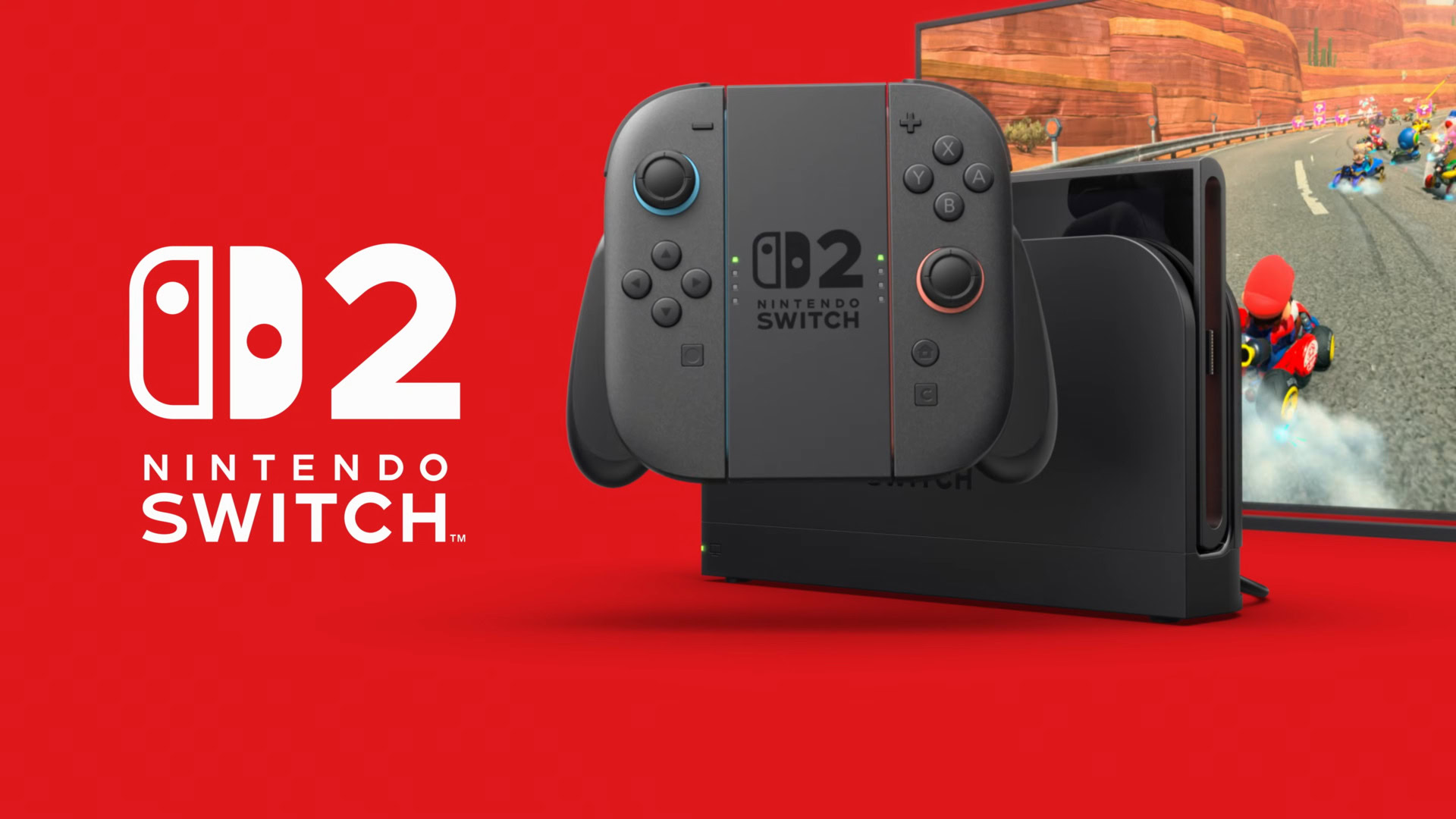







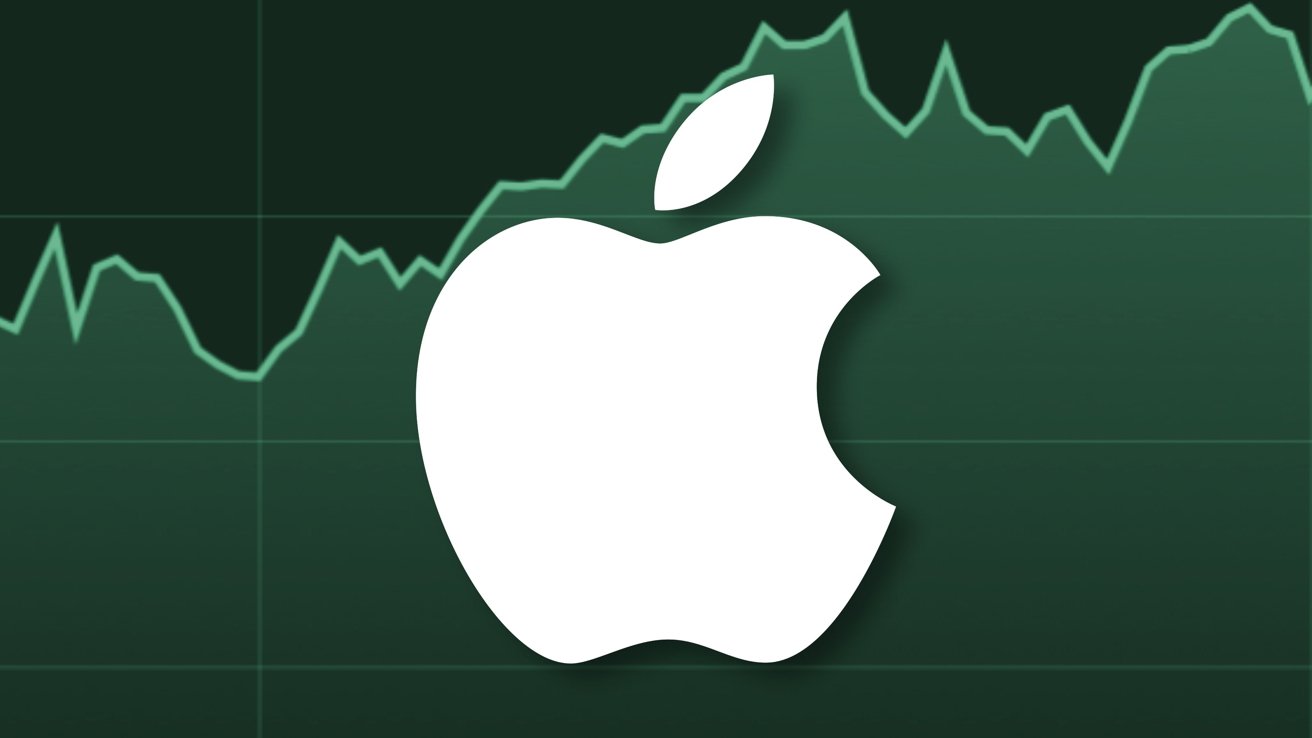

























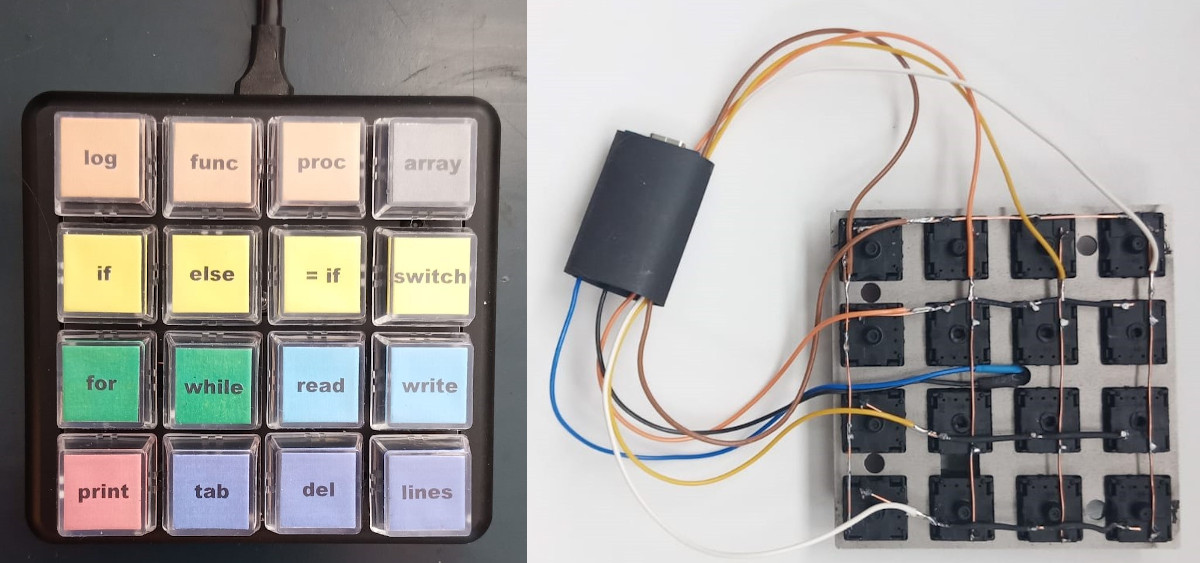
































































































































![[The AI Show Episode 142]: ChatGPT’s New Image Generator, Studio Ghibli Craze and Backlash, Gemini 2.5, OpenAI Academy, 4o Updates, Vibe Marketing & xAI Acquires X](https://www.marketingaiinstitute.com/hubfs/ep%20142%20cover.png)























































































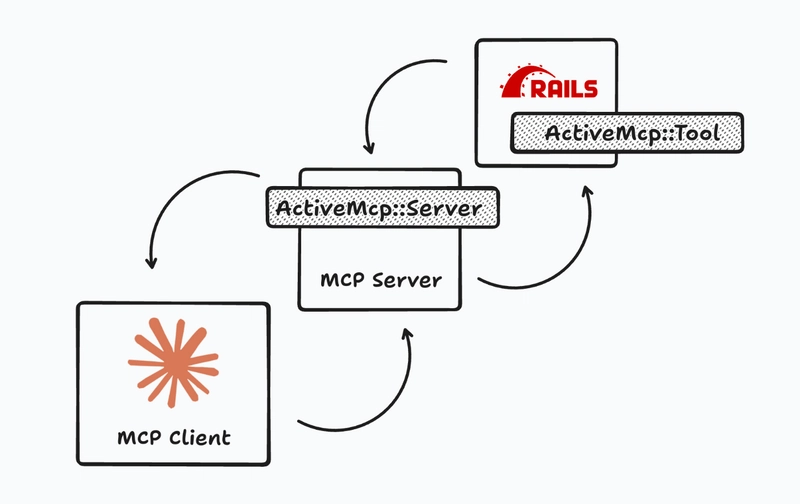

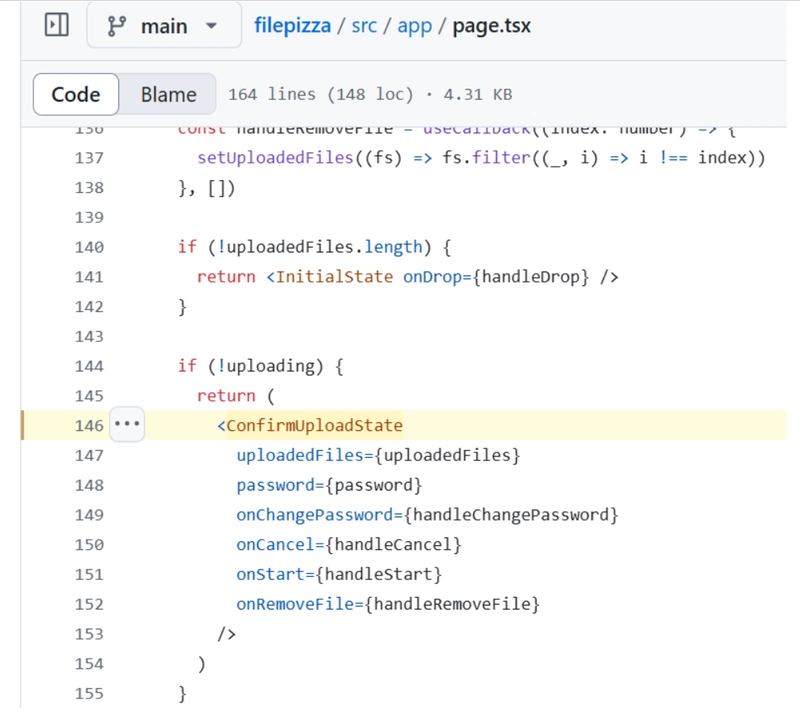





















![Is this a suitable approach to architect a flutter app? [closed]](https://i.sstatic.net/4hMHGb1L.png)
















































